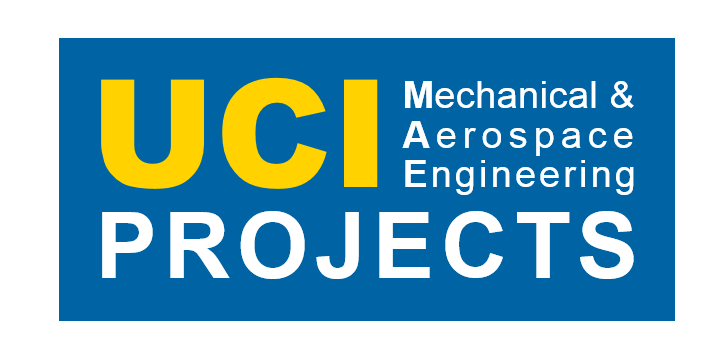The hardware and software involved with 3D printing is beginning to slow down in terms of innovation. Most of the consumer level printers are all variations of a similar theme. They use Cartesian coordinates and g-code to tell the hot-end where to go, how much filament to put onto the build plate, and so on. These tasks were no easy feat mind you, they required years of research and development starting in 1987 to become as useful as they are today. This is not to say 3D printing wont revolutionize the way we build or think, it is simply that it appears the industry (at least at the consumer level) seems to be satiated with the way printers are and now feels the next hurdle is simply better PR. There are small shakeups, like auto-leveling or improved heat bed technology, however the industry hasn’t really changed its idea of how a printer should work or how it should be used in any major way. One of the major glaring problems I have encountered in my hundreds of hours working on these printers is the way that a person must interact with them.
As of now the steps to go from digital model to printed object average around 16 (by my own counting), this does not include modeling the object nor does it include steps involved in simply maintaining the machines. One aspect that I am always thinking about is how can this be improved? How can we make this process so simple even a small child could design, upload, and print an object?
Well one of my ideas currently is pictured above
The above is a quick sketch of one way to really enhance the way we interact with printers. By utilizing augmented reality mobile applications we can simulate the placement, orientation, and scale of the model being built. The hope is to make the process more intuitive.
-Will Amos

